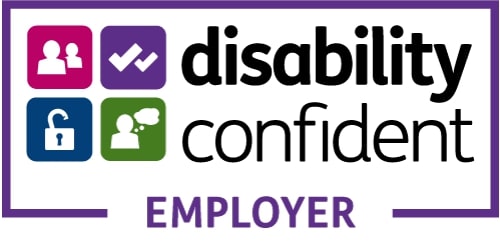
A Selwood Housing customer, who cares about organic crop growth for all, invited the team to come and visit their local community garden project, known as Incredible Edible.
Read our interview with Amelia and learn about the Incredible Edible garden, what crops are currently grown and the challenges Amelia faces.
Tell us a little bit about the community garden project?
Originally, another neighbour within the community took care of this allotment and was utterly devoted to it for 40 years. When he passed away, I couldn’t see it go to waste and decided to take it on.
The community garden aspect of it came from the Todmorden garden in Yorkshire and the Incredible Edible project there.
I took inspiration from it and wanted to get the community involved.
To gauge initial interest, I invited members of the local community to a coffee chat to discuss ideas and recruit volunteers. I handed out flyers and secured a free meeting space just five minutes from the garden plot. On the day, we had a great response with 10 people coming along to hear about the project and get involved.
Sadly, before I took the garden on from my neighbour, there was a year where it had been left and gone to turmoil. The Wiltshire Wildlife Trust and Community Payback team were great and spent four weekends getting the garden back into a workable plot.
Now the garden has been running for six years, and has six fantastic volunteers involved, it’s a great success.

Incredible Edible produce ready to pick.
Nicola runs the more practical side of things and I now like to take on more of the admin side. We’re both professional gardeners by trade so can get quite busy with that too.
What sort of crops do you currently grow?
We grow loads. There are herbs grown all year, salad crops, French and runner beans, leaks, sweetcorn, potatoes, chard, sprouting broccoli and rhubarb to name a few… Oh and onions too.
All our crops are grown organically, which can be challenging at times as it does mean we have to be more thoughtful with what seeds we sow and when, however it’s more rewarding.
I’d say growing organic is actually cheaper than buying organic, so those who like the idea of it but cannot necessarily afford to purchase it, may find this the best option.
What happens with all the vegetables you grow?
We’ve got a blackboard tied to the fence, where we list the vegetables that are ready to pick, then people can come into the garden and pick the produce themselves. At times where the vegetables are ready to go and they haven’t yet been picked, we will do it and leave them in a basket in the shade of a tree.
Nothing ever goes to waste, it’s lovely. Although we would like to see more people coming to get a few beans for their stir fry or potatoes for their supper.
What are the challenges you face?
The biggest challenge is getting people to come and pick the vegetables. I think there is definitely a stigma around it and people feel embarrassed to come and help themselves… but please do. Although it’s only a small garden, it’s there for everyone to enjoy, even if they would just like to come and admire the foxgloves, or our young rhubarb plants.
What’s your favourite thing about the Incredible Edible garden?
So many people stop us and admire the garden and all the hard work that’s gone into it. Gardening is just great for physical and mental health. It’s both a learning thing and a community thing and I love being a part of it.
Although I’ve taken a slight step back from the more physical side of the project, I still hold the garden very close to my heart and love to see it flourish.
For more information on the Incredible Edible project in Todmorden, click here.
For more information on how to grow your own vegetables, click here.







